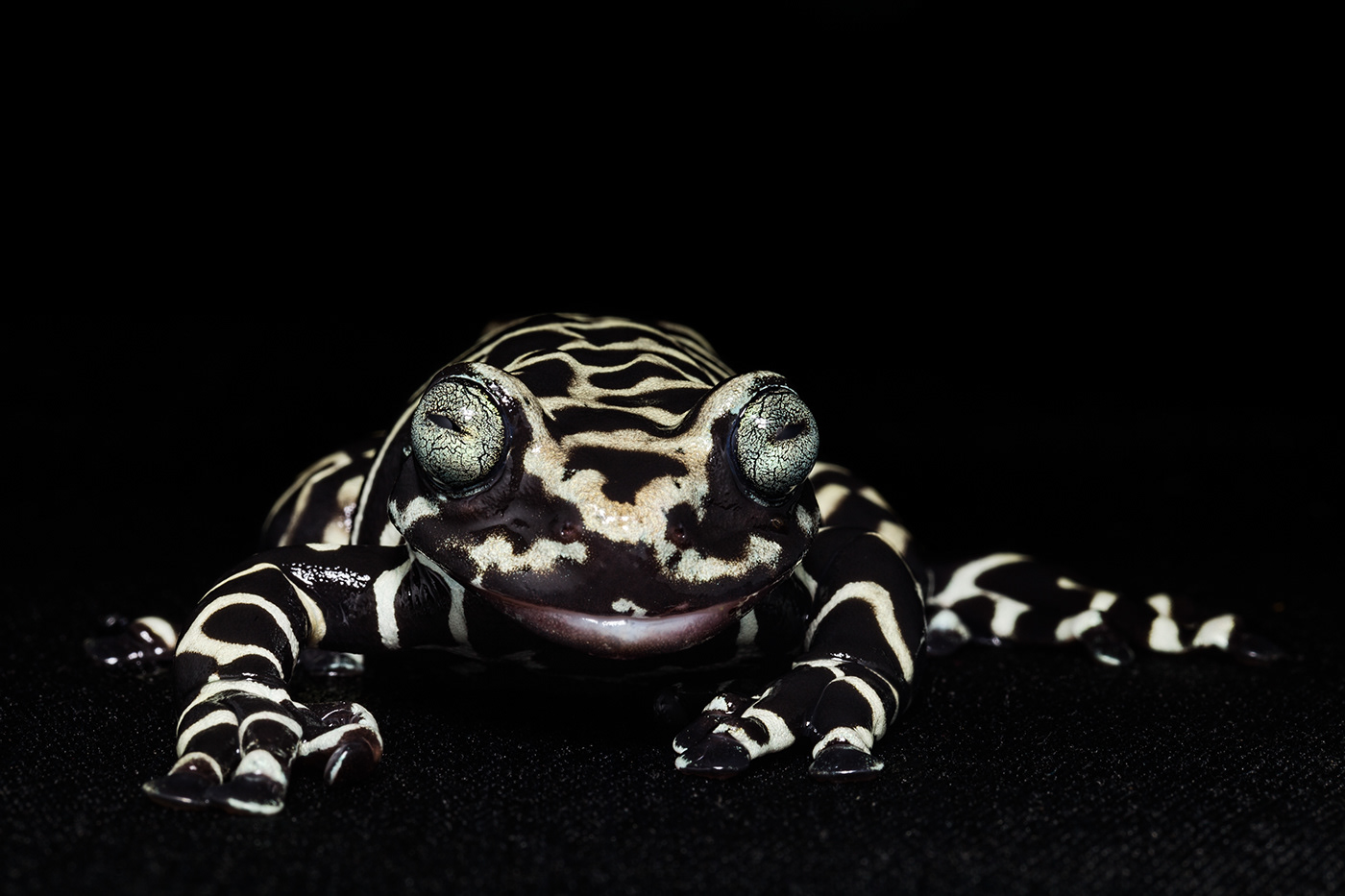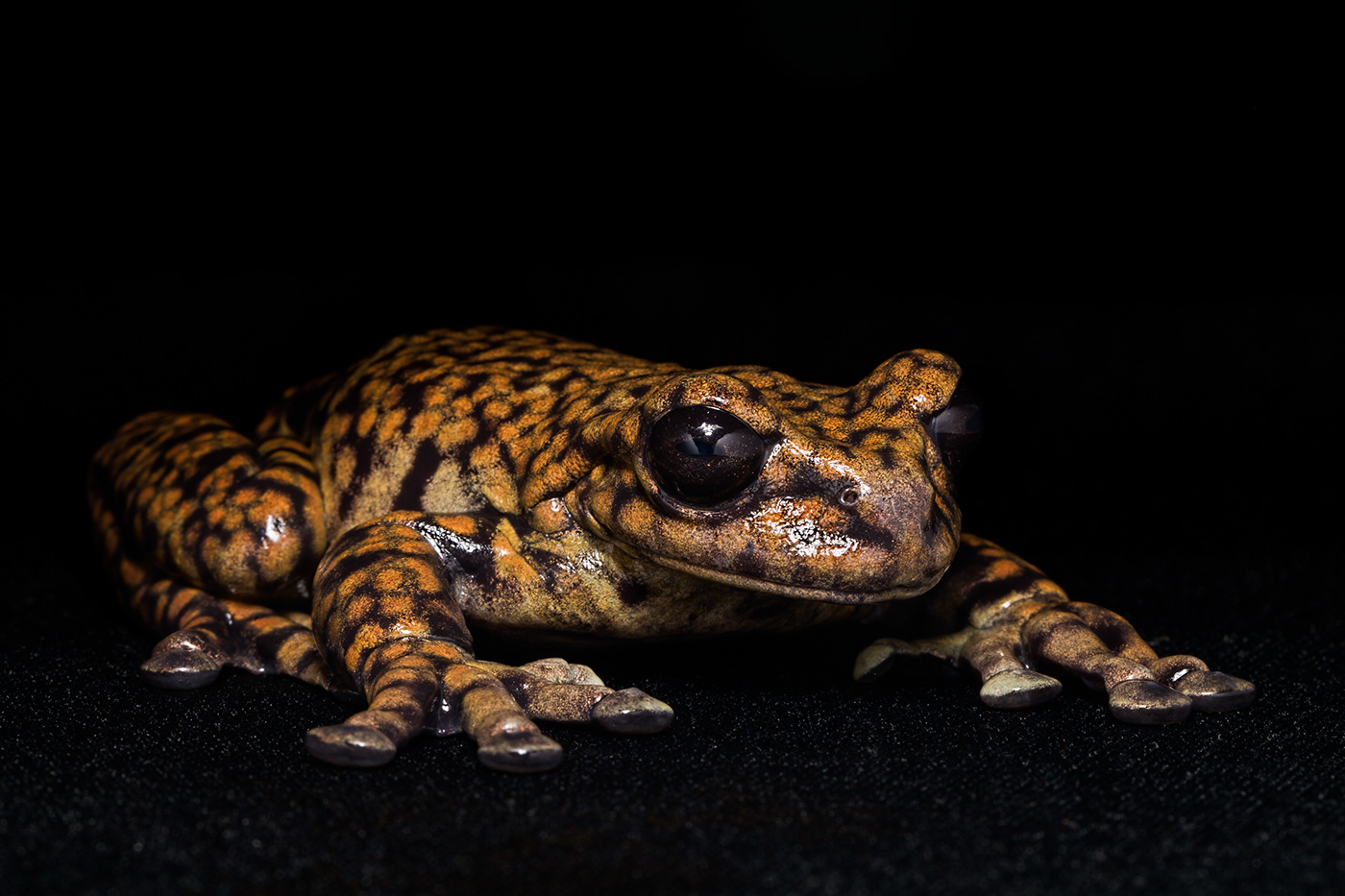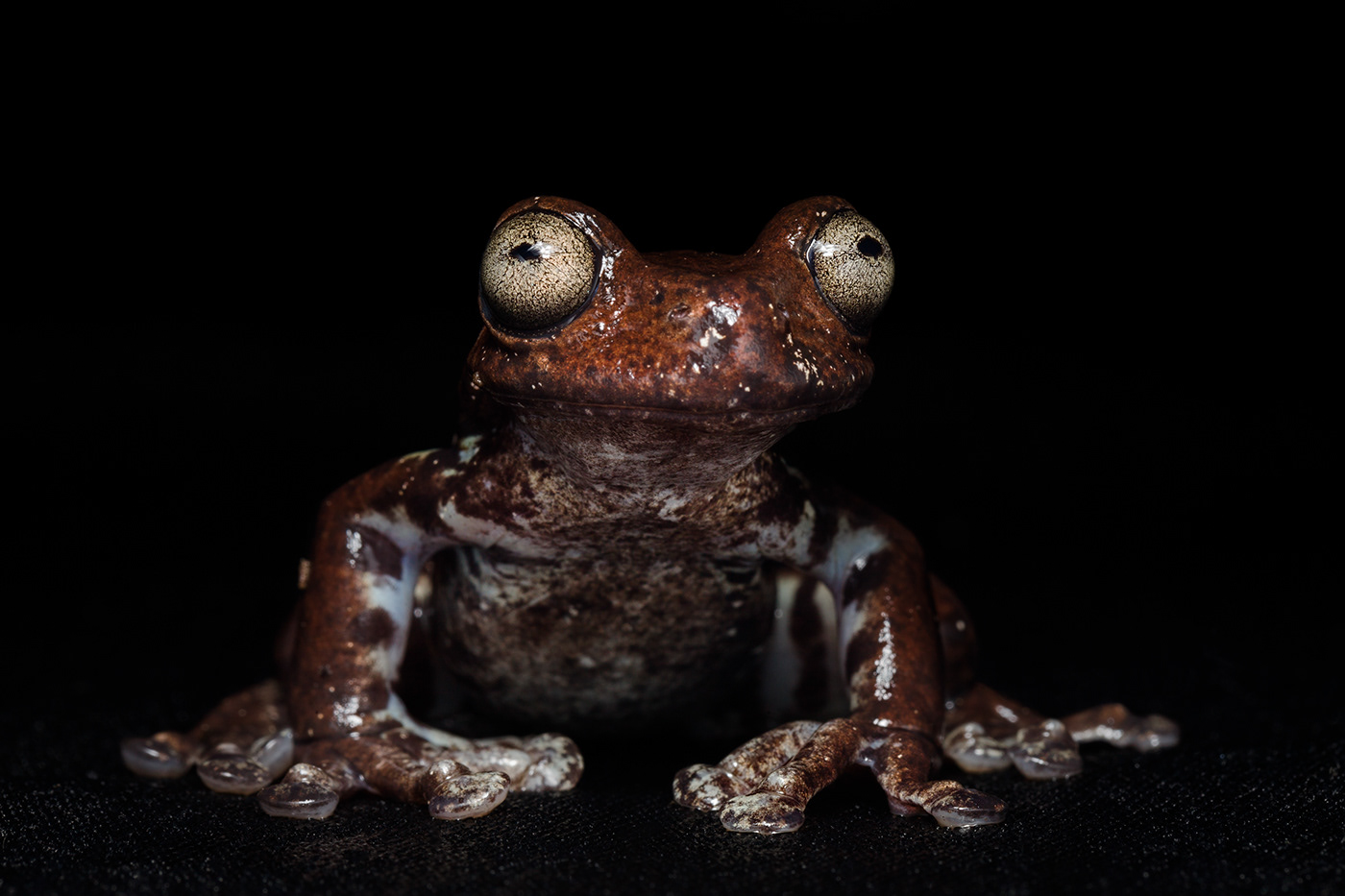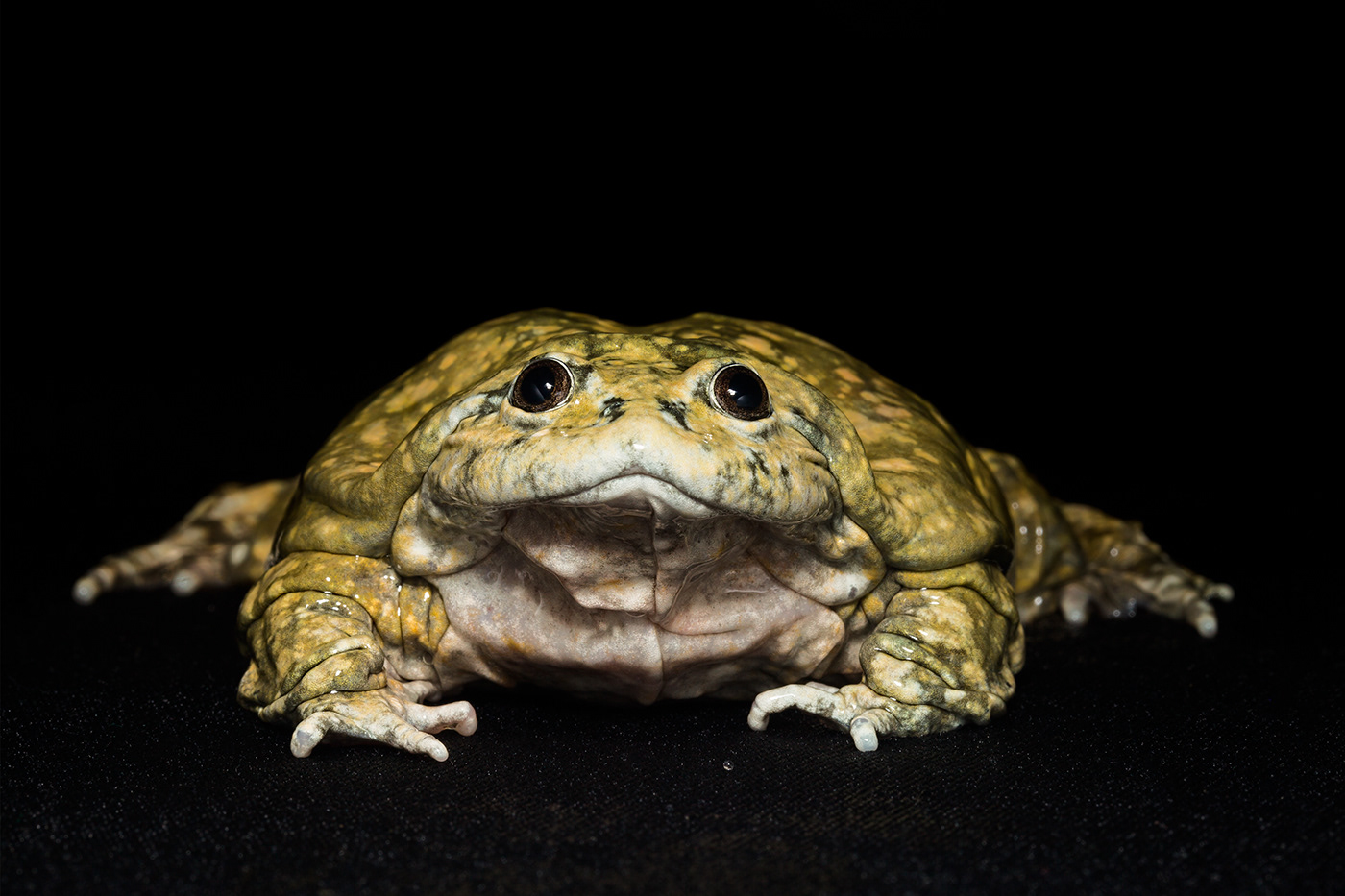Balsa de los sapos
According to UNESCO, Ecuador has the world's highest level of biodiversity based on it's geographical size. In the Amazonian rainforest of this small south american country, there are places where in an area of 2,5 acres, more species of trees grow than in the entire north american continent. Ecuador also boasts 460 species of amphibians, which is almost 9 percent of the world's total. One third of Ecuador's amphibian species are endangered.
According to UNESCO, Ecuador has the world's highest level of biodiversity based on it's geographical size. In the Amazonian rainforest of this small south american country, there are places where in an area of 2,5 acres, more species of trees grow than in the entire north american continent. Ecuador also boasts 460 species of amphibians, which is almost 9 percent of the world's total. One third of Ecuador's amphibian species are endangered.
This led to the start of a research and conservation program at the catholic university of Quito in 2005. The program aims to collect endangered amphibians with the purpose of allowing them to reproduce and returning re-integrating them into their natural habitat.

Cruziohyla craspedopus.

Gastrotheca testudinea. Found in the village of 9 de octubre at 1600 metres above sea level. Found in April 2008. This is a male specimen. There have been multiple searches for this species, but this is the last specimen that was found. Attempts to reproduce were unsuccessful.

The living quarters of the balsa. The animals live in containers that are automatically watered by a system that ensures the proper humidity.

Espadarana callistomma. Found in San Lorenzo, Esmeraldas on 4 October 2009 at 243 metres above sea level in a riverbed. This species is known for it's fast reproduction cycle. Commonly known as crystalline frogs.

Atelopus nanay. Found in Patul, Azuay on 6 March 2008. There are four specimens, all of them female. Attempts to reproduce were unsuccessful.

Hiloscyrtus sp. Found in Santa Barbara, Sucumbios on 19 September 2008 while it was still a tadpole. This specimen is the only known one of its species, making the determination of its gender impossible. Attempts to reproduce were unsuccessful.

A large terrarium in the complex of the catholic university of Quito. This enclosure houses several species of tropical frogs.

Hyloscirtus sp. Found in Cuellaje, Imbabura on 23 June 2009. This is a female specimen and the only one in the balsa. Attempts to find more of this species and attempts to reproduce were unsuccessful.

Atelopus sp. Found in 9 de Octubre, Santiago, Morona on 26 January 2009. There are three specimens in the balsa, all three female. Attempts to reproduce were unsuccessful.

Hyloscirtus psarolaimus. Found in Cuellaje, Imbabura on 23 July 2009 at 2830 metres above sea level. Gender unknown. This is the only specimen in the balsa. Attempts to reproduce were unsuccessful.

Breeding area for the crickets and insects that serve as food for the frogs in the balsa.

Oophaga histrionica.

Gastrotheca espeletia. Found in La Libertad, Carchi on 24 September 2008. This is a male specimen, found right after it transformed into a grown up frog. Attempts to find more of this species and attempts to reproduce were unsuccessful.

Centrolenidae sp. Found in San Lorenzo, Esmeraldas on 4 October 2009 at 243 metres above sea level in a river bed. This species is known for it fast reproduction cycle. Commonly known as crystalline frogs.

Compound specimen archives.

Hyloscirtus sp.

Hyloscirtus larinopygion. Found in Carchi on 17 September 2008 at 2700 metres above sea level. Gender unknown and brought to the balsa as a metamorph (the stage in between tadpole and frog). There are three specimen in the balsa.

Telmatobius cules. Smuggled from Peru and donated to the balsa. This is a female, originally from the Titicaca lake in between Peru and Bolivia.

